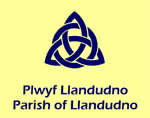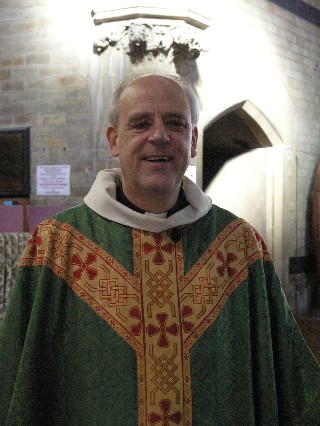January
2010
February
/ March
2010
February
/ March
2010
April
2010
May 2010
|
January
2009
February
2009
March
2009
April
2009
May 2009
June 2009
July 2009
Aug 2009
Sept 2009
Oct 2009
Nov 2009
Dec 2009
|
January
2008
February
2008
March
2008
April
2008
May 2008
June /
July 2008
August
2008
September
2008
October
2008
November
2008
December
2008 |
January 2007
February
2007
March
2007
April
2007
May
2007
June
2007
July
2007
August
2007
September
2007
October
2007
November
2007
Debember
2007 |


